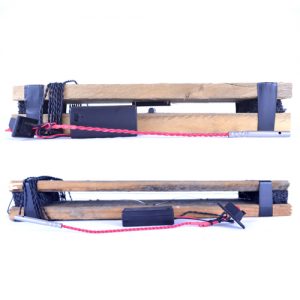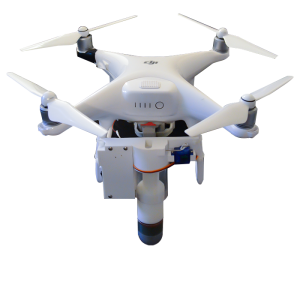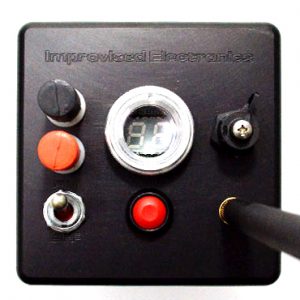Description
|
Understand the fundamentals of Electronic Theory
|
|
|
|
Air Force EOD Electronics (5 DAY) 40hrs
Schedule of Events:
Day 1: DC Theory (Resistors, Batteries, Capacitors and Switches)
Lecture: The lecture is focused around the various passive components found in IEDs and the foundational concepts that explain their behavior in IED circuits. These concepts will also be related to EOD procedures by examining how DET Diagnostics and Ohm’s Law line up.
Lab:
- Multimeter tutorial.
- Breadboard simple circuits and test with supplied multimeter. Observe capacitor charging and voltages across open, closed and EOL switches.
- Solder breadboard leads to switches.
Day 2: Relays, Diodes, Transistors, MOSFETs, and SCRs
Lecture: The lecture is focused on the common firing switches used in IEDs in the past 20 years. Students are introduced to electromechanical and semiconductor firing switches through their Schematic Symbols, Data Sheets and Example IED Circuits.
Lab:
- Breadboard five historical IEDs using supplied components.
- Build Dual SCR IED Circuit Board.
- Build RC Timer Board.
Day 3: IC Chips, Logic Chips and RCIED Circuits
Lecture: This lecture will cover IC chips used in IEDs historically and their evolution into the Victim Operated and RCIED devices from recent conflicts.
Lab:
- Build RFT-2 on supplied PCB.
- Build DTMF PIC IED Circuit Board and interface with COTS radio (similar to DTMF-11).
Day 4: Programming Concepts and Arduino Applied to IEDs
Lecture: This lecture is focused on dividing and classifying the microcontrollers used in IEDs and the process of developing code and hardware for an IED. Practical examples of historical microcontroller IED circuits will be presented and adapted for the Arduino Lab
Lab:
- Install Arduino IDE and libraries.
- Build Arduino Light Meter (from source code).
- Build Arduino PIR Counter.
- Build Arduino RFM95 Communication.
Day 5: Capstone IED Team Build
Lab:
Students will split into teams. Each team will build two training devices for future field training. Source code will be provided where needed. The devices will be based on the training requirements developed by the teams during the course. The instructor will bring more than enough materials for the teams to build custom devices to their specifications. Teams will develop requirements and drawings for their devices and present them to the instructor for approval before they build their circuits.
Deliverables:
- Lab kits (Breadboard, Multimeter, Soldering Iron, Parts Kit, COTs timer and DTMF Radio, Arduino boards and corresponding device builds)
- Student Training guide with schematics & diagrams
- CAD files and source code (from the labs)
- Certificate of Completion



